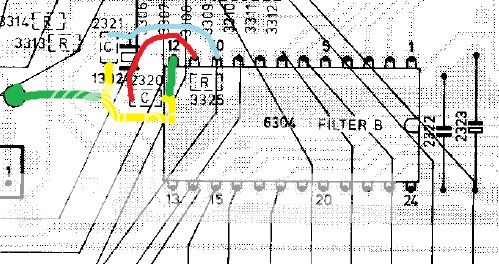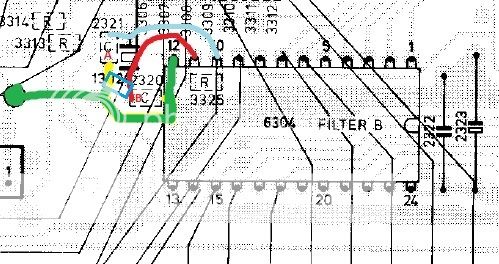a.palfreyman
pfm Member
Thanks Mike,
Looks like I have some work to do then . As you say, caps are a personal thing and despite what some say, I can hear the difference between cap types on psu decoupling adjacent to op-amps etc. Tried Silmic ii's as feed-back caps on a phono stage some years ago but found them too dark and could never be sure they had burned-in (reports at the time suggested >200hrs!). Op-amps have generic 47uF caps, now fed by gyrators (cap multipliers) on #1 machine.
. As you say, caps are a personal thing and despite what some say, I can hear the difference between cap types on psu decoupling adjacent to op-amps etc. Tried Silmic ii's as feed-back caps on a phono stage some years ago but found them too dark and could never be sure they had burned-in (reports at the time suggested >200hrs!). Op-amps have generic 47uF caps, now fed by gyrators (cap multipliers) on #1 machine.
Listening with headphones last night to both machines (I have about 4 pairs of CDs so I can switch back-and-forth) the #1 machine has more top-end but actually sounds more natural than the #2 machine which sounds slightly plasticy with a bit of falseness. Any opinions on the muting circuit after the output coupling caps many players have, including Rotels etc. and does this adversely affect the sound to any degree?
Cheers,
AP
Looks like I have some work to do then
Listening with headphones last night to both machines (I have about 4 pairs of CDs so I can switch back-and-forth) the #1 machine has more top-end but actually sounds more natural than the #2 machine which sounds slightly plasticy with a bit of falseness. Any opinions on the muting circuit after the output coupling caps many players have, including Rotels etc. and does this adversely affect the sound to any degree?
Cheers,
AP



